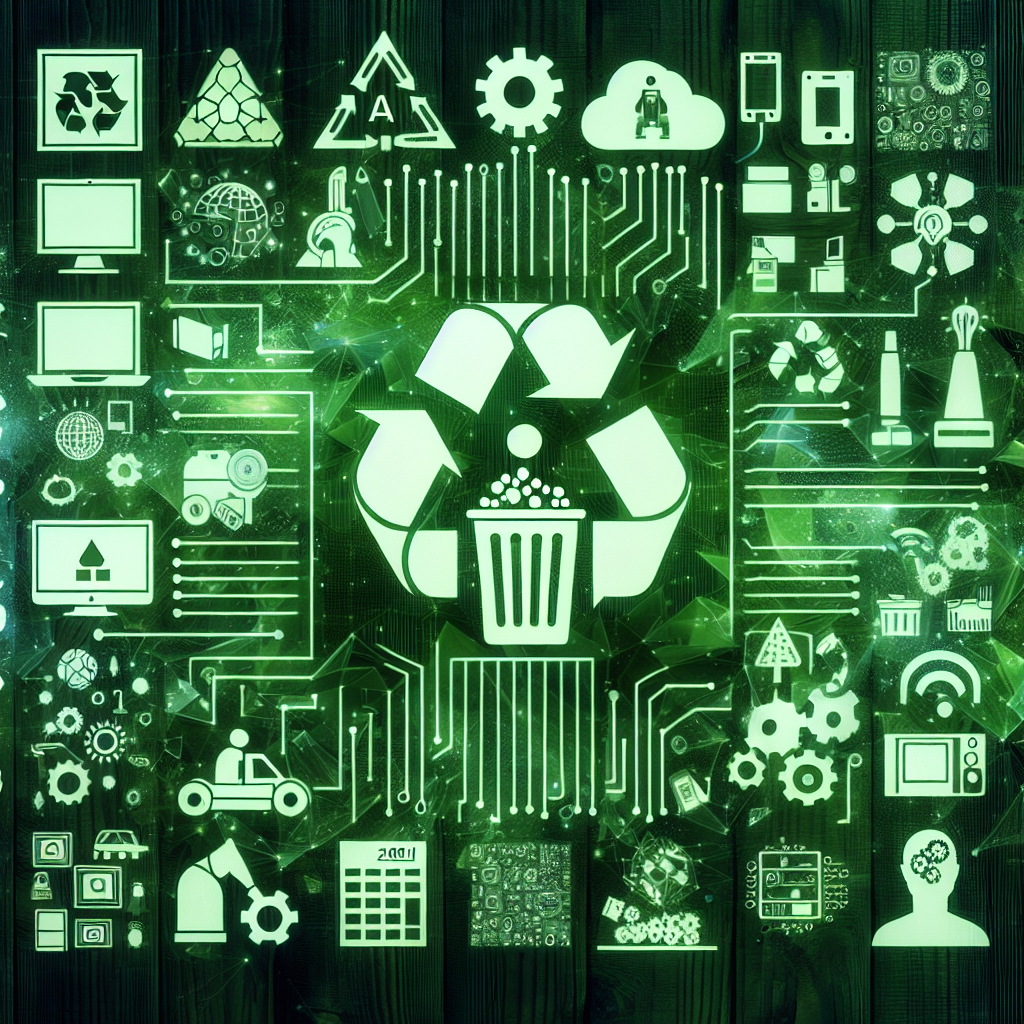Blog Ecobraz Eigre

Demand forecasting in electronics recycling with AI and Big Data
Introduction to demand forecasting in electronic recycling
The growing generation of electronic waste requires innovative solutions to optimize its handling and recycling. Demand forecasting is essential to ensure efficient and sustainable processes. With the advance of artificial intelligence (AI) and Big Data, it is possible to analyze large volumes of data and identify patterns that help manage the flow of electronic materials for recycling.
How AI transforms demand forecasting
Artificial intelligence uses advanced algorithms to interpret complex data generated on a daily basis. Techniques such as machine learning make it possible to predict the amount and type of electronic waste that will be disposed of at different times. This makes it possible to plan the capacity needed for sorting, transport and processing, reducing waste and operating costs.
Big Data's role in electronics recycling
Big Data refers to the set of technologies that store, process and analyze large volumes of data from various sources, such as electronics sales, consumer habits, public policies and socio-economic data. With this mass of information, it is possible to identify emerging trends and anticipate peaks in the generation of electronic waste.
Integration of AI and Big Data for operational efficiency
The combination of AI and Big Data creates intelligent systems capable of adjusting demand forecasts in real time, based on external variables that impact the generation of electronic waste. This includes factors such as the launch of new devices, regulatory changes and environmental awareness campaigns.
Environmental and economic benefits
By anticipating demand, e-recycling managers can optimize resources and reduce environmental impact. Accurate forecasting prevents the excessive accumulation of waste, reduces the need for prolonged storage and improves efficiency in the recovery of valuable materials such as precious metals and reusable plastics.
Challenges in implementing AI and Big Data
Despite the potential, there are challenges such as the quality and integration of data, the need for qualified professionals to interpret the results and the adaptation of traditional processes to new technologies. Investing in technological infrastructure and continuous training is key to overcoming these barriers.
Future of demand forecasting in electronics recycling
The growing use of AI and Big Data should strengthen the electronics recycling chain, promoting a more efficient circular economy. New tools may emerge, incorporating IoT sensors and automation to collect data in real time, further increasing the accuracy of forecasts.
In summary, the integration of these technologies represents a significant advance in the sustainable management of electronic waste, combining technological innovation with environmental responsibility.

Deixe um comentário
O seu endereço de e-mail não será publicado. Campos obrigatórios são marcados com *